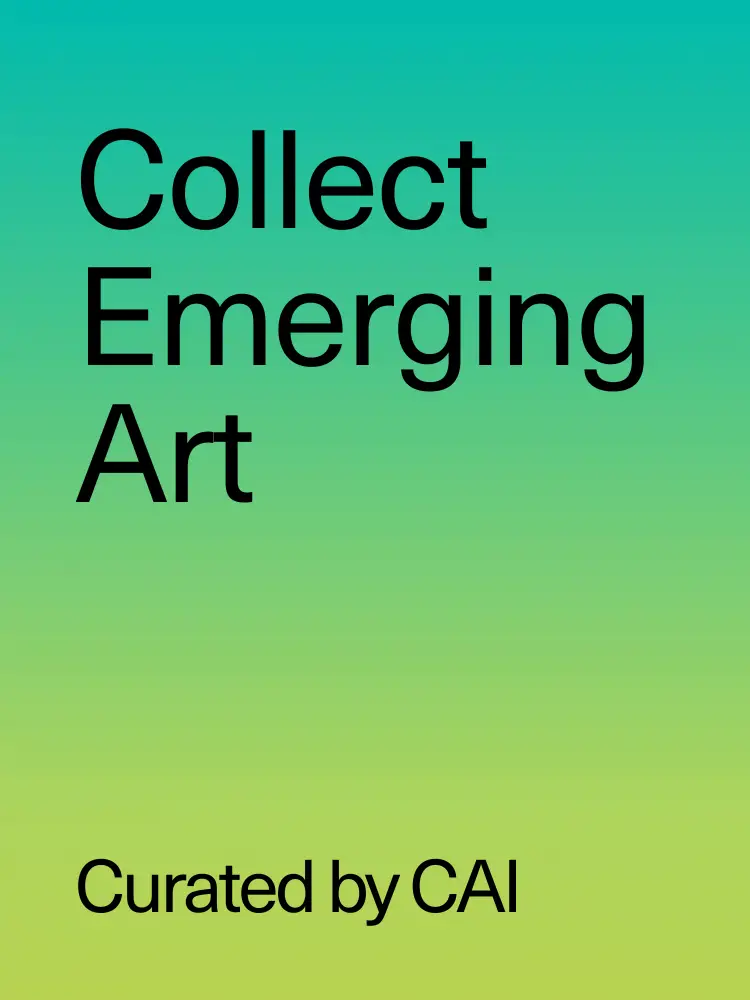Curated by Akshay Sharma, Levi De Jong’s solo exhibition, Making America, is on view at General Assembly in London until May 31, 2025. Featuring a new series of abstract flag paintings—accompanied by delicate works on paper and an aluminum lamb sculpture—the exhibition reconsiders the symbolic and material function of one of the most recognized national icons, the American flag, through a personal, materially grounded lens drawing on religious iconography, pop culture, and American visual traditions.
De Jong engages with the American flag not as a fixed emblem but as a site of transformation. While reduced to minimal compositions—horizontal bands and rectangles—the format remains subtly and eminently recognizable. These works continue a tradition of artists such as David Hammons, Jasper Johns, and Claes Oldenburg, who have likewise used the flag to subvert or expand its meaning. For De Jong, the flag is not a symbol of patriotism, but a structure through which to reflect on values such as belief, identity, and belonging. Rooted in his personal history, De Jong’s use of the flag draws directly from his upbringing in rural northwest Iowa, in the American Midwest. The materials used—bitumen, silicon, enamel, and rubber—are not arbitrary. They are industrial and agricultural, chosen for their familiarity and association with the barns, tools, and working-class environments that shaped the artist’s early life. Influenced by the Arte Povera movement and expressionist traditions, he works with cast aluminum, roofing tar, rubber, and other materials associated with infrastructure and physical labor. These materials are intentionally used not for their aesthetic appeal but for the histories they carry—histories of work, class, and built environments. “These materials are recontextualized as vessels of memory,” curator Akshay Sharma writes, “creating space for cultural dialogue and critique.” Influenced by Arte Povera, their utilitarian origins speak to a broader value system grounded in labor, resilience, and pragmatism.
De Jong titles each flag painting with single words—Valor, Unity, Love, Justice—which act as distilled principles. These titles are not descriptive but propositional, functioning as abstracted markers of a shared cultural vocabulary. In this way, the artist’s deconstructed flags offer an alternative vision of collective identity: not one rooted in nationalism, but in values that transcend partisanship. As curator Akshay Sharma observes, “The flag becomes a site of enquiry, no longer a fixed icon, functioning as an active countermemory.” In De Jong’s work, the abstraction of the flag does not erase its political charge but redirects it. Through shifts in form, material, and texture, the flag becomes a space where the artist can reexamine personal and national layers. Sharma notes that this approach echoes artists such as Cady Noland, who similarly reappropriated national symbols to interrogate contradictions embedded in American life.
Beyond the flag paintings, the exhibition also includes works such as Lamb and a series of material-based drawings, in which De Jong expands his inquiry into the relationship between symbolism, power, and cultural memory. Religious motifs and references to mass culture appear throughout, often blurred or fragmented. These elements are not used nostalgically, but instead operate as strategic tools to interrogate the hierarchies and assumptions embedded within dominant visual systems. In Making America, De Jong’s abstraction is not an escape from representation but a reframing of it. His works address the shifting meanings of American identity in a time of heightened political polarization and structural inequality. As Sharma writes, the exhibition “offers a reimagined, liberated perspective on American identity,” one that is grounded not in the flag as it has been traditionally understood, but in its potential to reflect a more complex, honest, and pluralistic set of experiences.
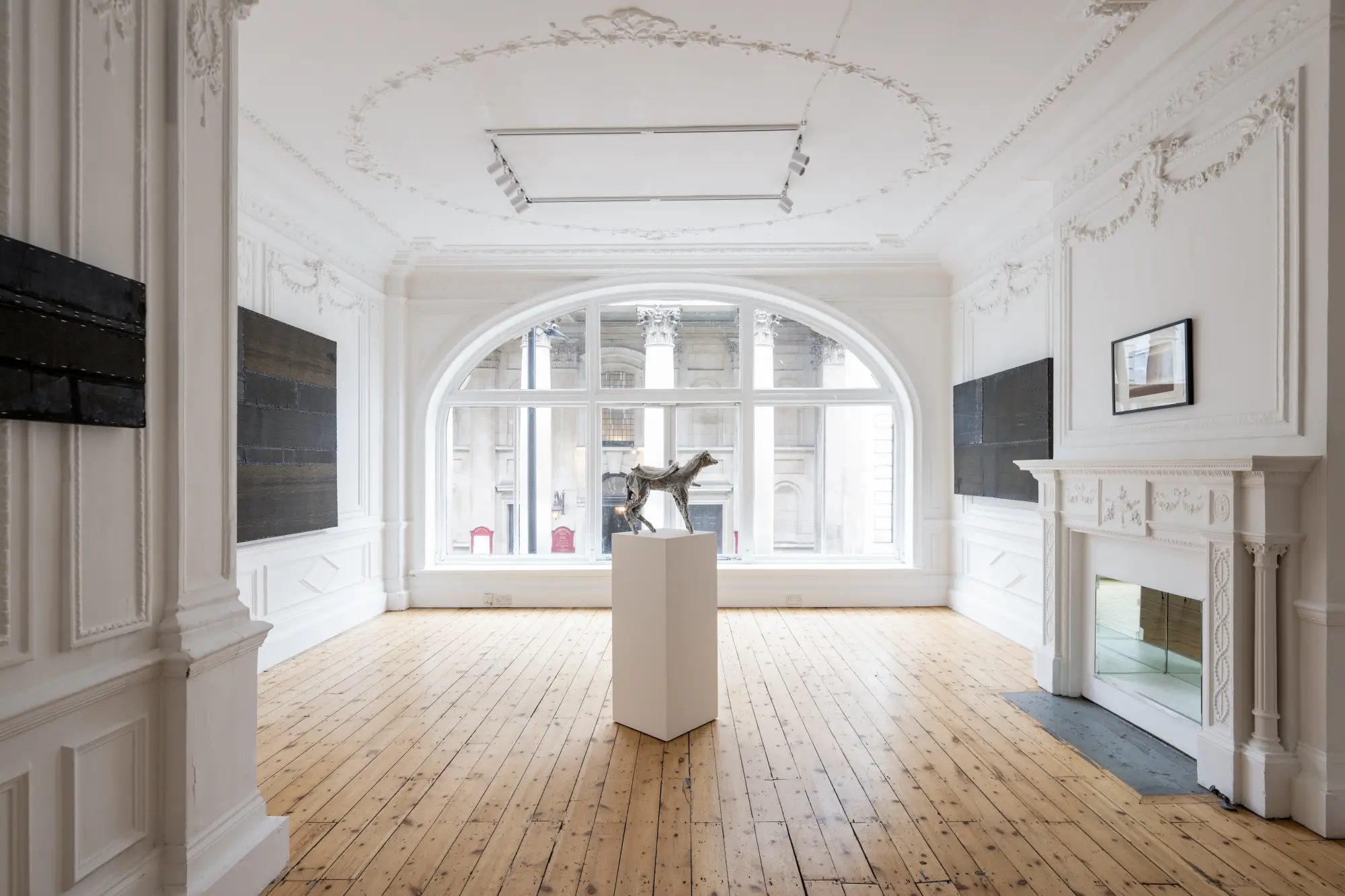
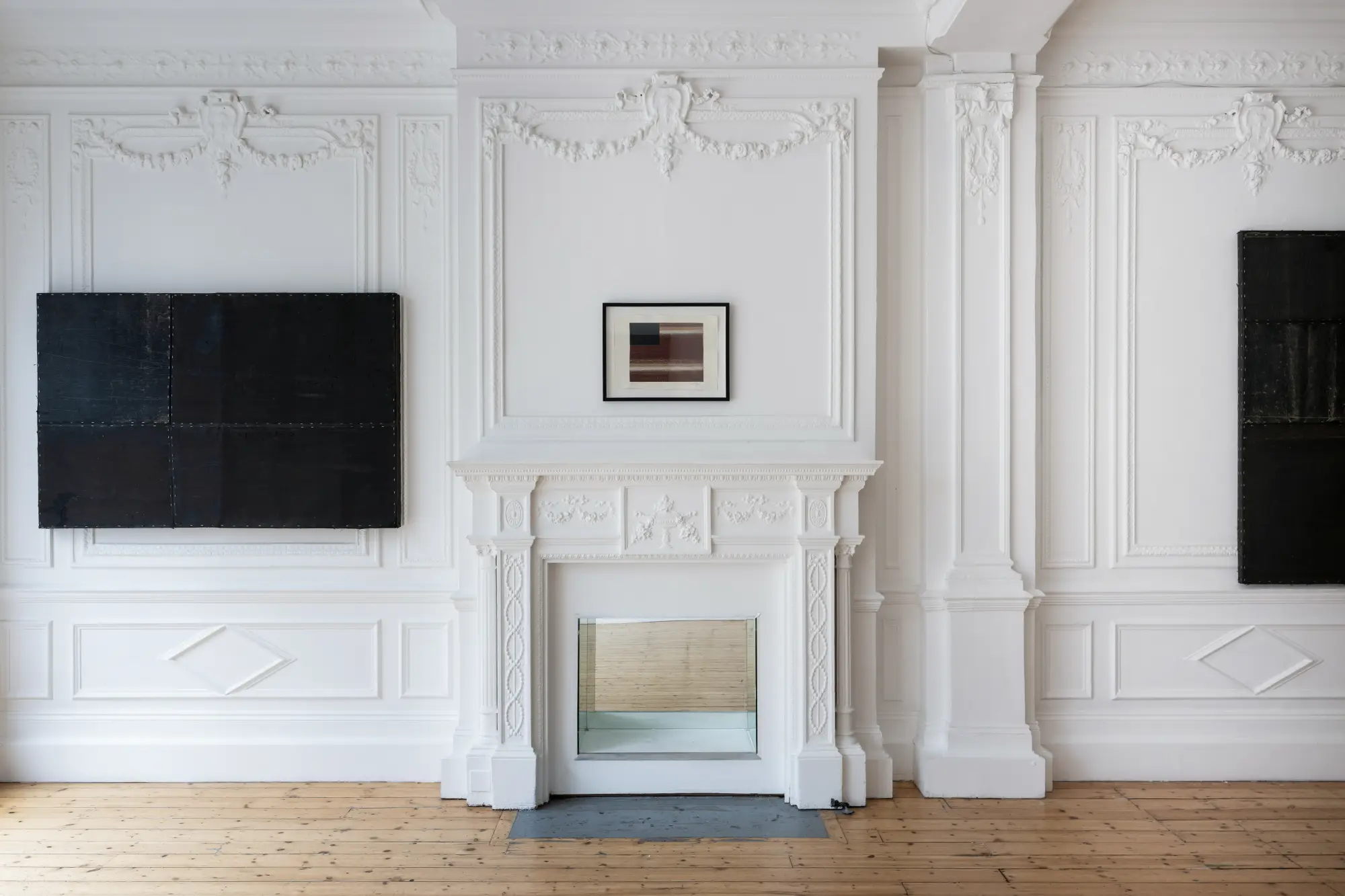
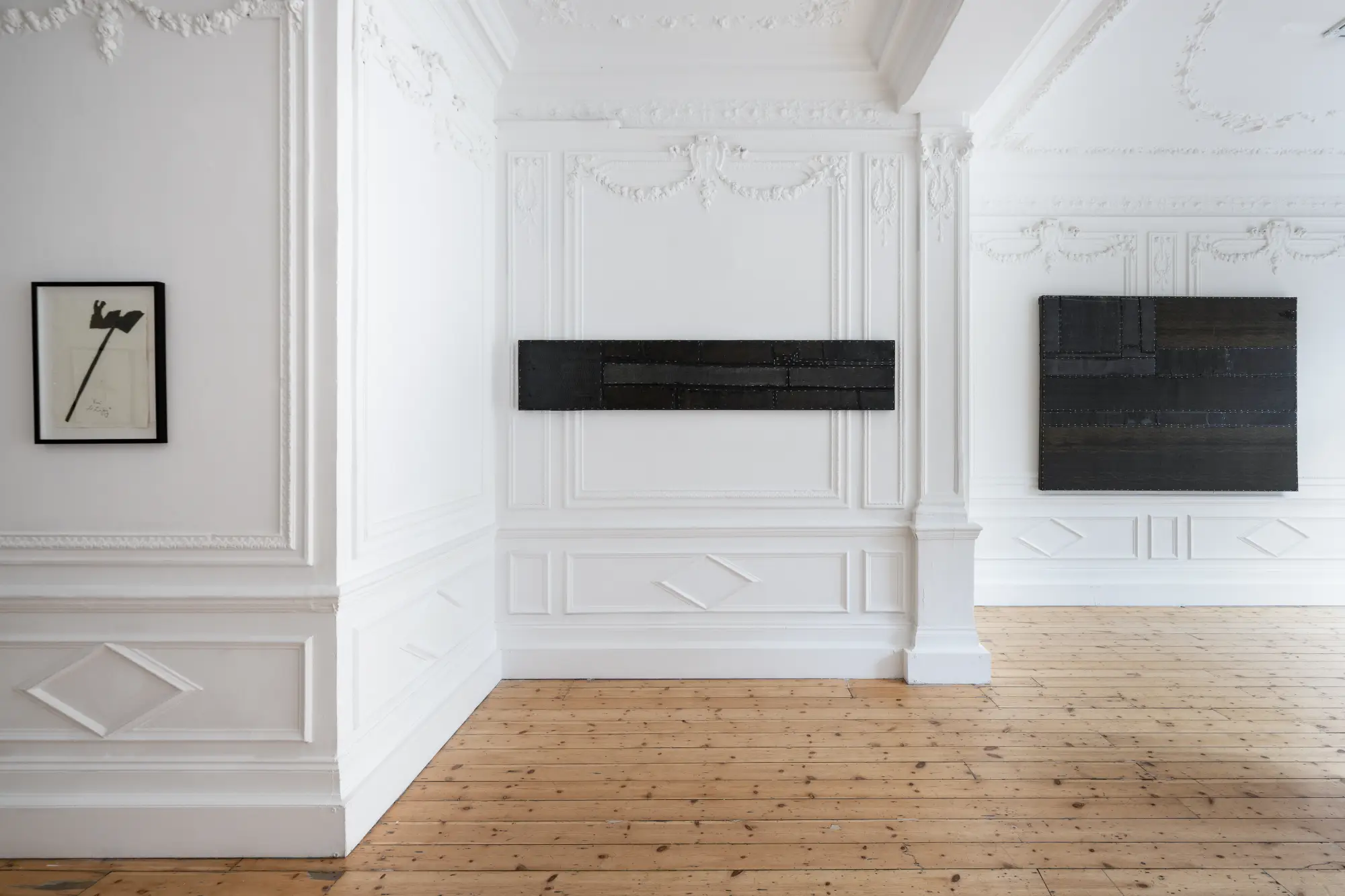
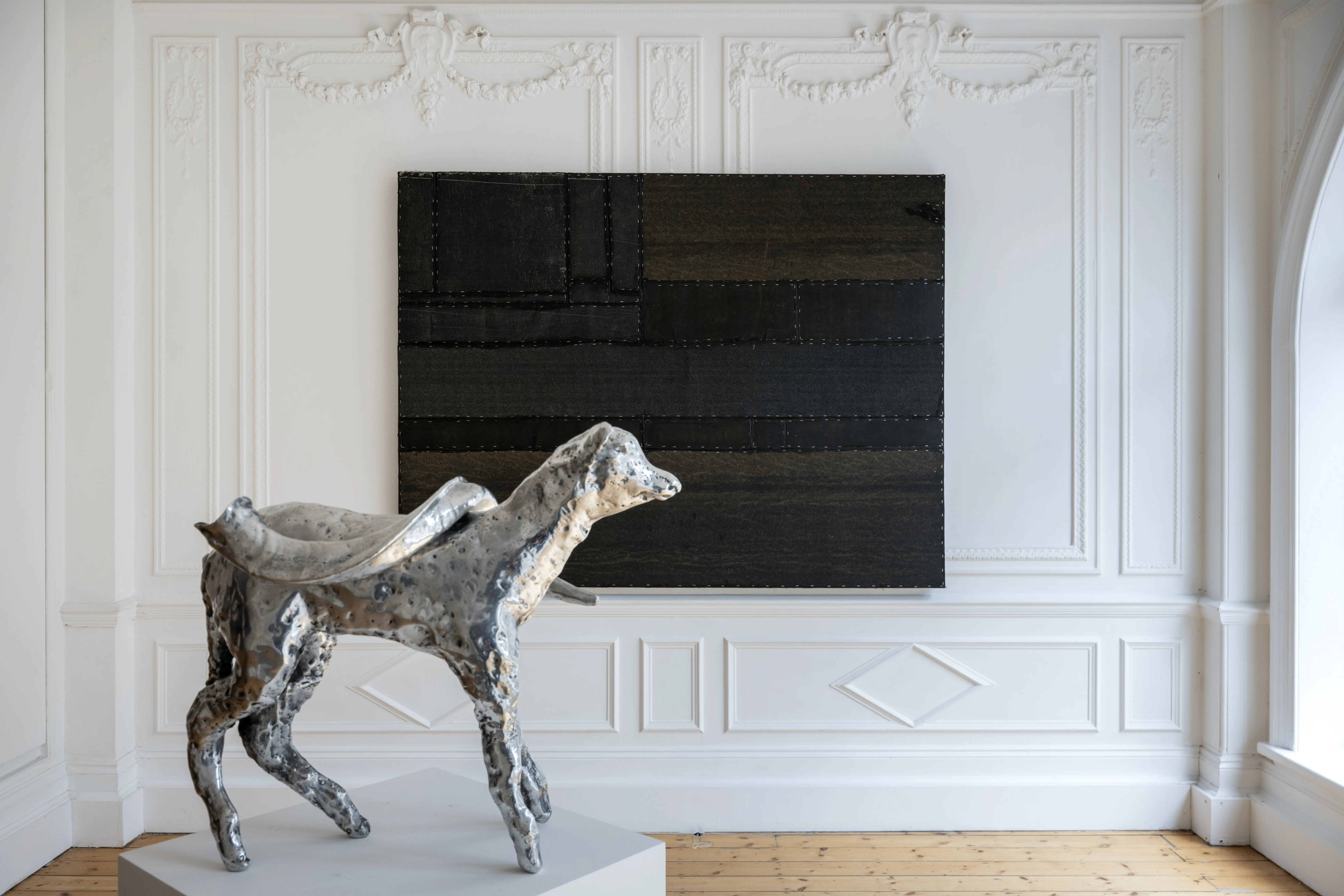
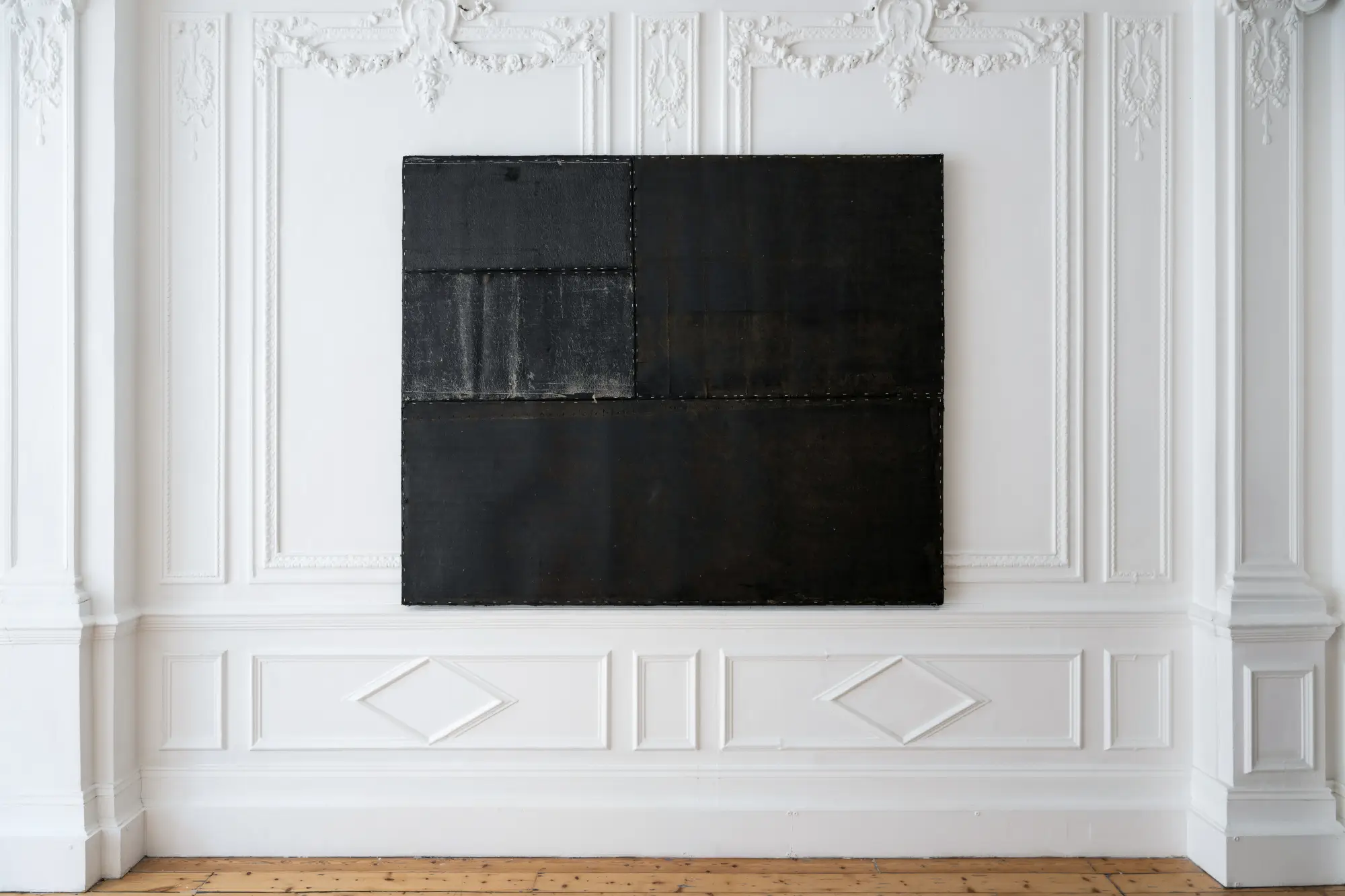
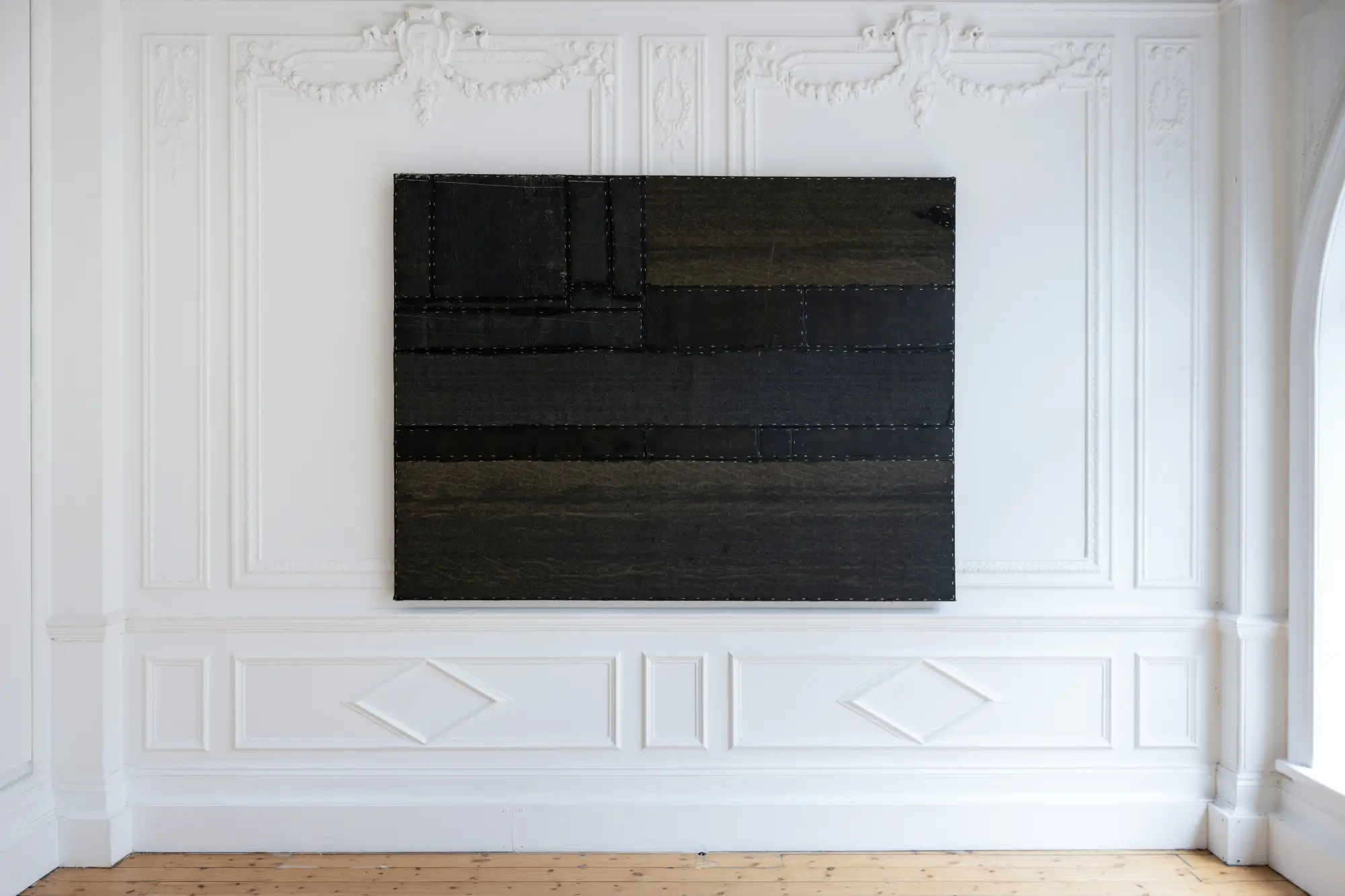
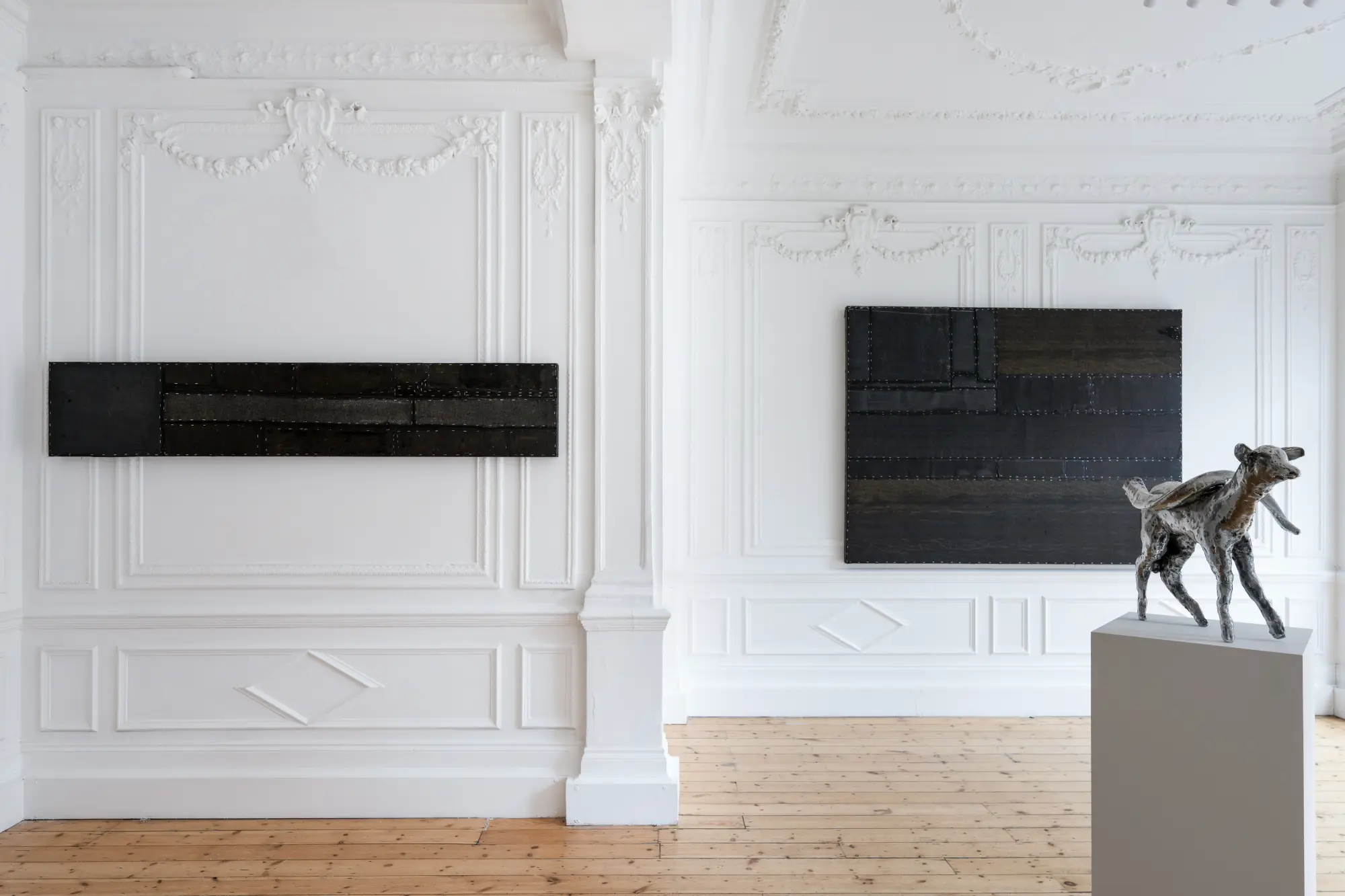
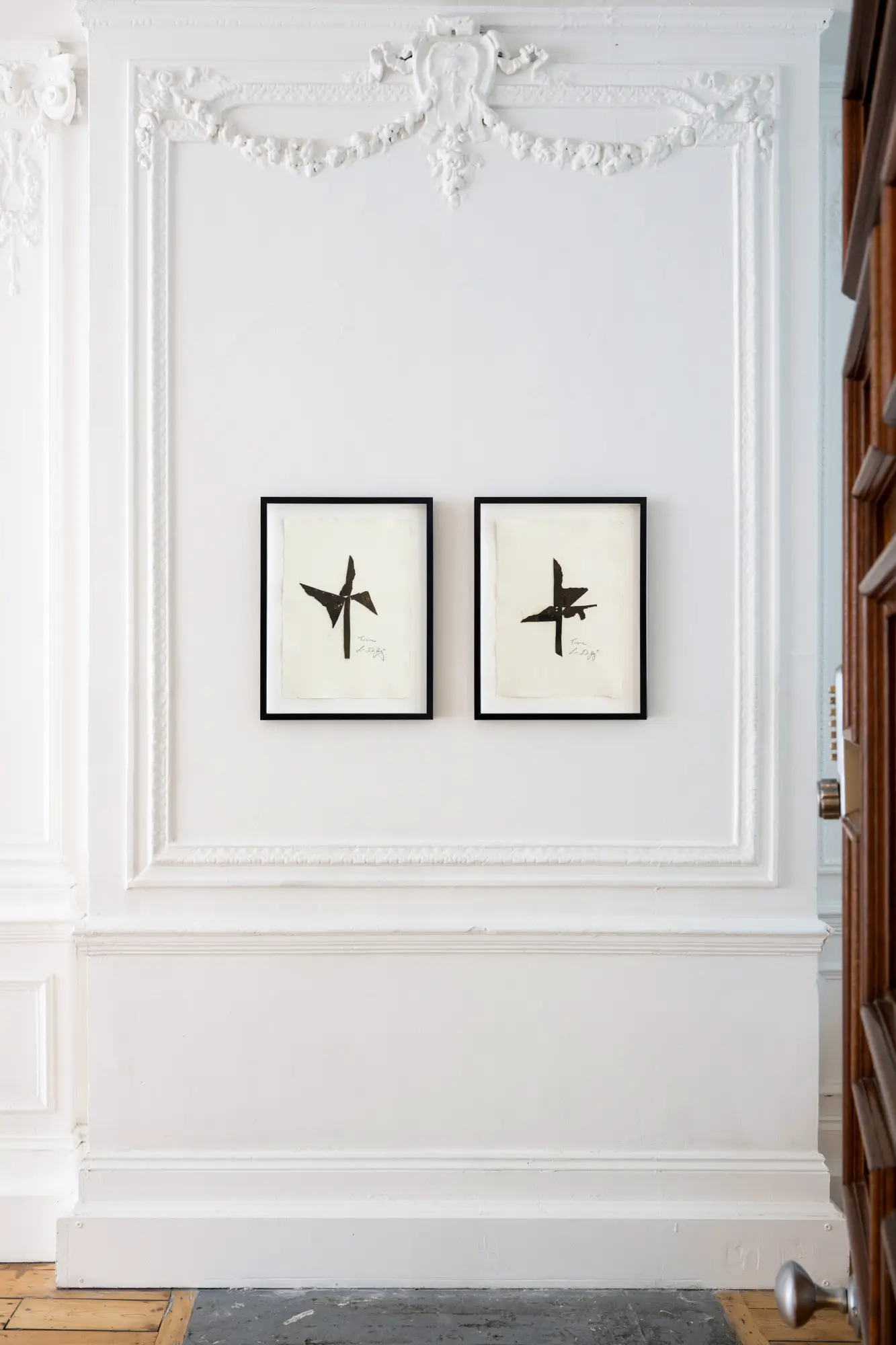

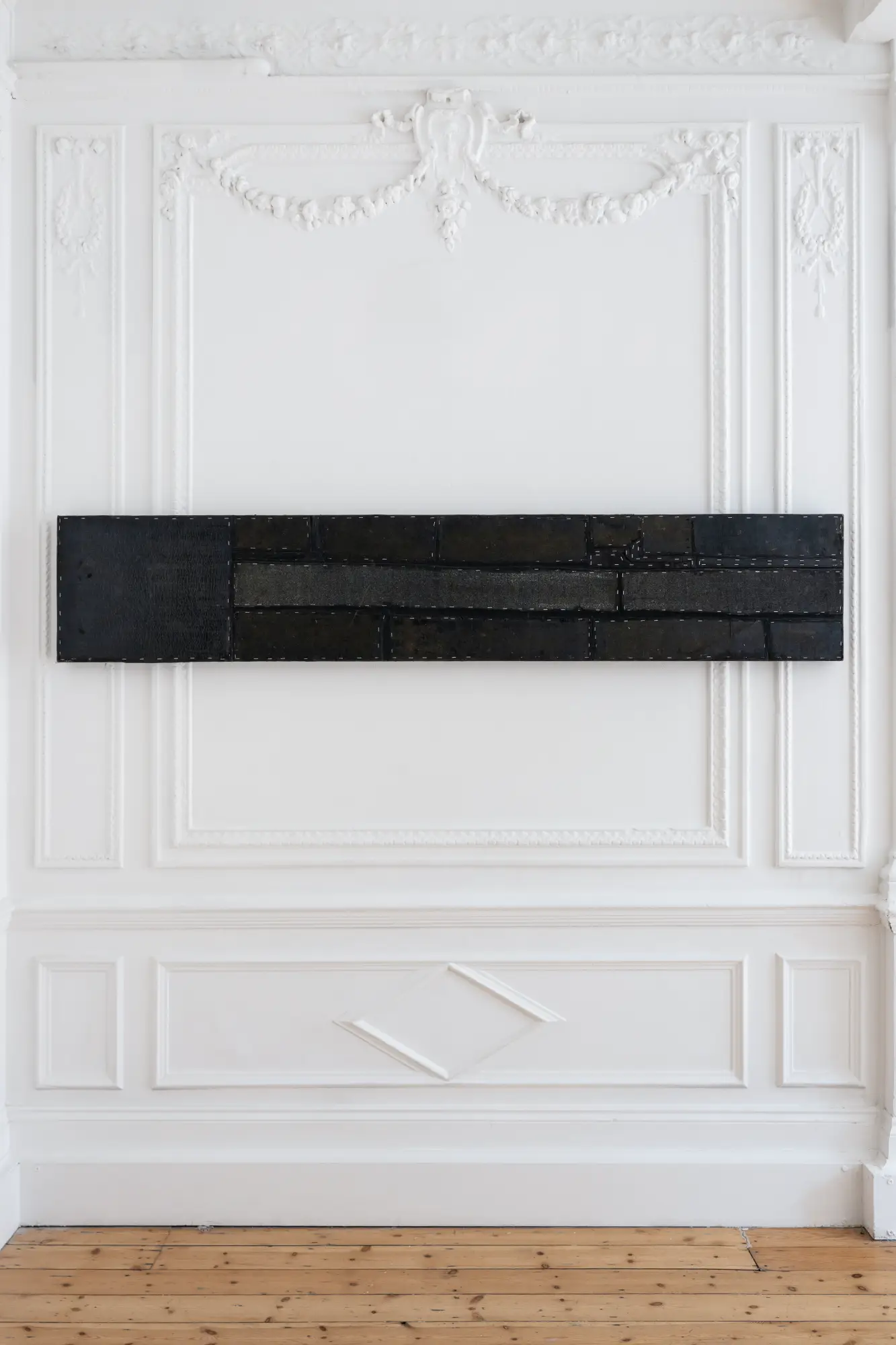
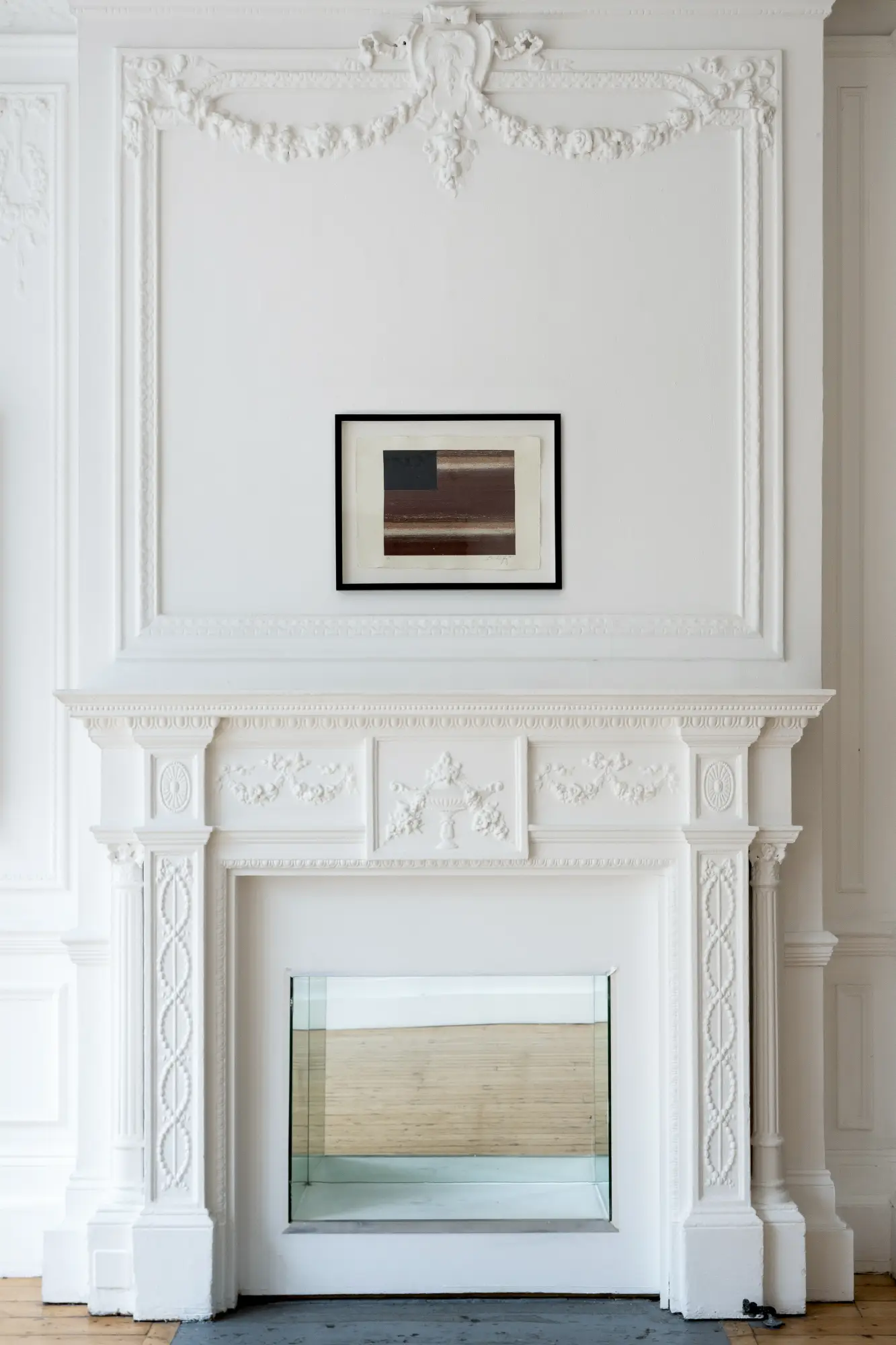
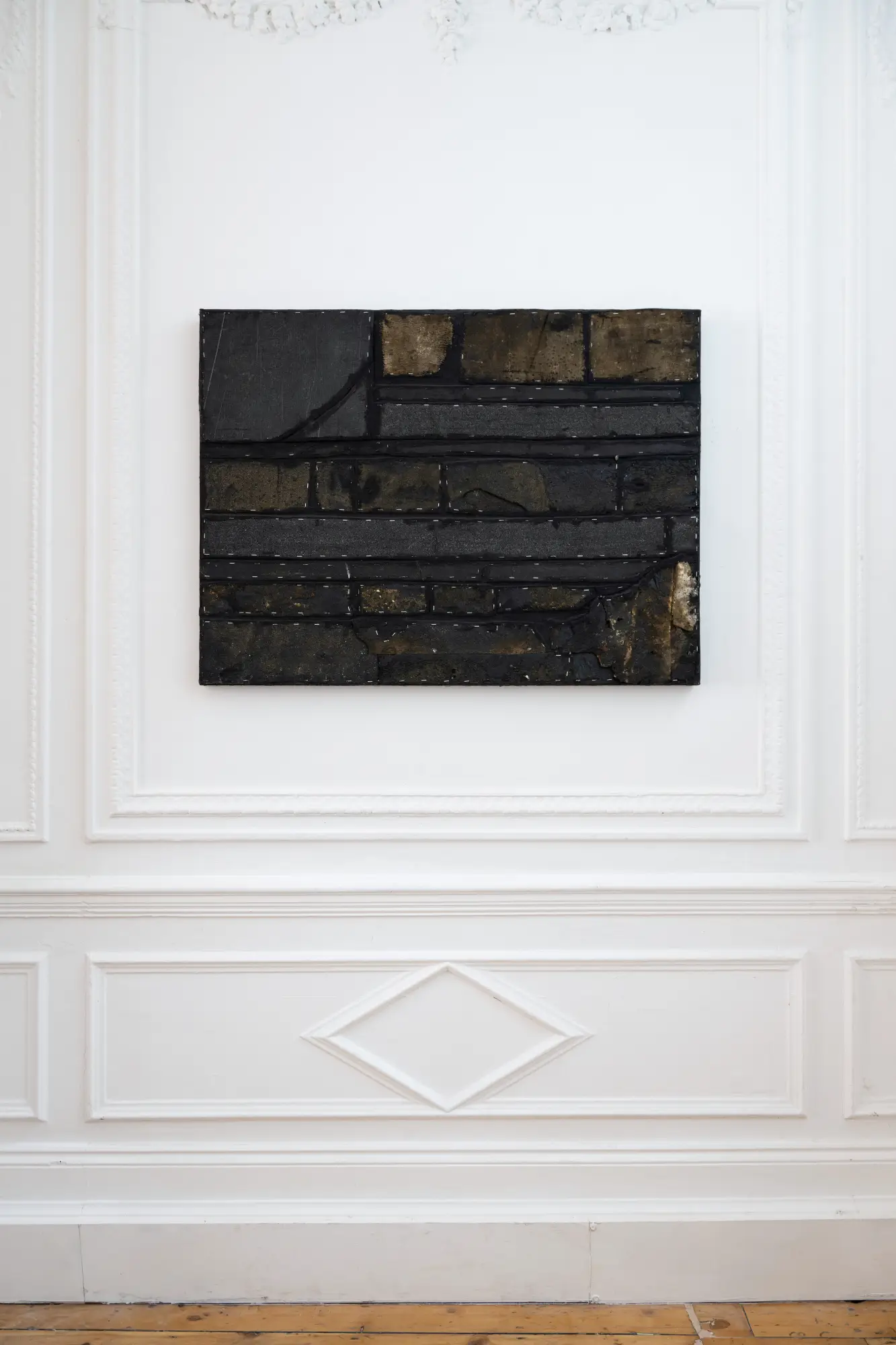
Last Updated on May 22, 2025
- Published on


